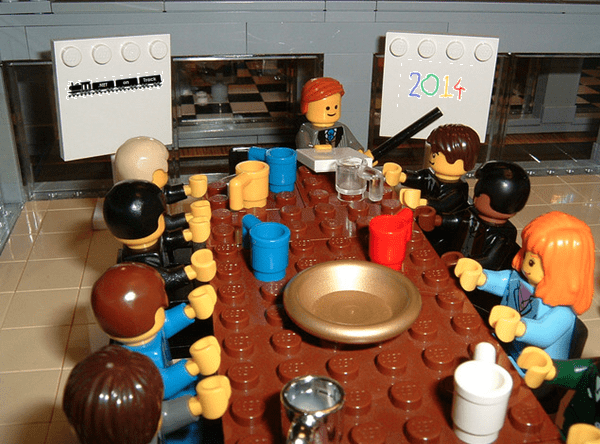As product people, we need to work more on the mission and less on playing Tetris with teams and initiatives. To much planning ahead and chasing full utilization will undo your product.
Oh oh! We we can finish that in 6 days, right?, and then we can rotate them to project Z, and … oh, well Mandy will be done with that thing, and we can slide that project in there. If they finish that afternoon, Bill will present his mockups and we can start on …
Your average PM will spend countless hours in meetings talking to non front-line stakeholders about what their organizations will (or should)
do at some point in the future. They’ll make fancy gantt swim-lane roadmaps so that everyone feels heard. And then talk about pet solutions, show mock-ups, make a lot of guesses, play Tetris with initiatives, and pester engineers for estimates. Towards what end? Why?
https://siouxnetontrack.wordpress.com/page/8/They sincerely believe that this is their only option. Ironically, the more they do it, the worse the results, and the more people feel that premature alignment and multi-tasking are necessary. I mean gosh-golly, if we could just “hit our commitments”! It’s a vicious cycle. But it doesn’t need to be that way.
A microscopic amount of this “planning ahead” adds value. It is a symptom of our preoccupation with full utilization, and it makes things WORSE.
We try to work out all the details in small groups so as not to “distract” the teams while they juggle the four other things we’ve asked them to do. UX hurries to prepare mock-ups (in isolation) so that the team will be able to get started right away. More colorful lines get added to the roadmap swim-lanes. And then what happens?
http://connectedprincipals.com/archives/10412We spend days/weeks trying to re-calibrate with the reality on the ground, get the team engaged with a vision they had no part of, and work through all of our faulty assumptions. And then rush to get the feature shipped to shut everyone up only to find we missed the mark because our batch was huge and we had 10 things on deck.
 Consider the alternative. The reality is you only need to plan for the very next thing. And only in broad strokes. What counts is the mission: the engaging outcome you hope to generate for your customers and business. Focus instead (like 90%)
Consider the alternative. The reality is you only need to plan for the very next thing. And only in broad strokes. What counts is the mission: the engaging outcome you hope to generate for your customers and business. Focus instead (like 90%)
on being present for the important task at hand. All this other stuff — the freakish alignment meetings and pre-planning — is just driven by people freaking out over nothing getting done.
What if the team finished what they were doing, and then engaged in a couple of DAYS of collaborative design, spikes, and research? It might feel less efficient, but it is far more effective. UX would sit down and work directly with engineers to explore what was possible. Instead of paper prototypes, you’d try testing working prototypes with real customer data. Simply put, you’d be getting it done right.
Take a step back, and ask yourself the hard question. Is any of the pre-planning worth it? Really? If the team produced constant value and you could prove it, would anyone care? Of course not, they’d keep letting you plow along. Most people can’t because 80% of shipped features never really get used or hit the mark. So as an alternative, we seek full utilization and the fastest delivery of stakeholder guesses. That becomes our job.
Wrong! Don’t go there.
One of the biggest tips I can give product development teams is to keep the planning inventory as low as possible. Get alignment on the mission, and stop fixating on pet solutions. Slow down and focus to speed up. Don’t chase full utilization. Let the team breath. Finish one thing and then start the next thing. You’ll produce better results and move much faster.


